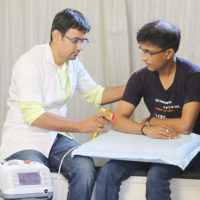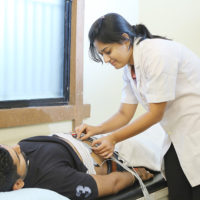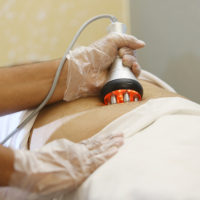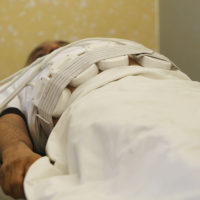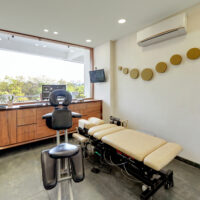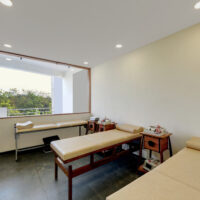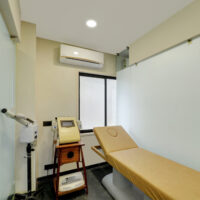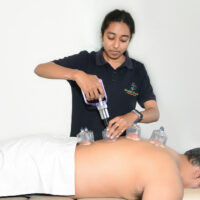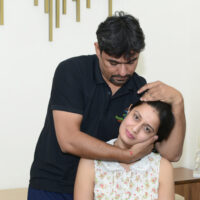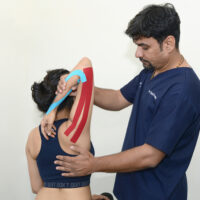Headaches are a common condition that can cause pain and discomfort in the head, neck, and sometimes the face.
Headache
There are several types of headaches, including tension headaches, migraines, cluster headaches, and sinus headaches.
Tension headaches are the most common type of headache, and are often caused by muscle tension or stress. They usually cause a dull, achy pain that is felt on both sides of the head, and can be accompanied by a sensation of tightness or pressure in the forehead or temples.
Migraines are another common type of headache that are characterized by a severe, throbbing pain on one side of the head. They can be accompanied by other symptoms, such as nausea, vomiting, sensitivity to light or sound, and visual disturbances.
Cluster headaches are less common but can be extremely painful, causing a severe, sharp pain on one side of the head, usually around the eye. They often occur in cycles, with frequent headaches over a period of weeks or months, followed by a period of remission.
Sinus headaches are caused by inflammation in the sinus cavities, and often cause pain and pressure in the forehead, cheeks, and around the eyes. They may also be accompanied by other symptoms of sinusitis, such as nasal congestion and a runny nose.
Lifestyle changes, such as getting regular exercise, reducing stress, and improving sleep habits, may also help reduce the frequency and severity of headaches. In some cases, relaxation techniques such as meditation or yoga may be helpful. For chronic headaches, a healthcare provider may recommend preventive medication or refer the patient to a specialist for further evaluation and treatment.
- Maintain a regular sleep schedule, Aim for 7-8 hours of quality sleep each night. Maintain a comfortable sleep environment that is quiet, dark, and cool.
- Stress Management by deep breathing exercises, meditation, yoga, or engaging in hobbies and activities that help you relax
- Drink an adequate amount of water throughout the day to prevent dehydration, which can be a trigger for some types of headaches
- Maintain good posture, especially when sitting for prolonged periods
- If you spend a lot of time in front of a computer, tablet, or Smartphone, take regular breaks to rest your eyes and prevent eyestrain. Follow the 20-20-20 rule: every 20 minutes, look away from the screen and focus on an object at least 20 feet away for 20 seconds.
- Limit caffeine and alcohol consumption
- Maintain a healthy lifestyle
- Keep a headache diary to track patterns and identify triggers specific to you.




YOUR NEXT STEPS!
-
Request An Appointment
-
Find the Root Cause and Receive A Custom Treatment Plan
-
Monitor Progress
-
Recover & Get Back to Life!
